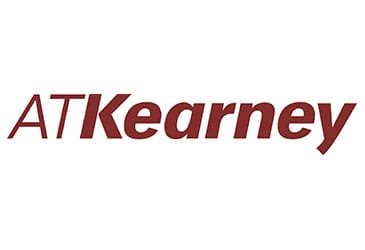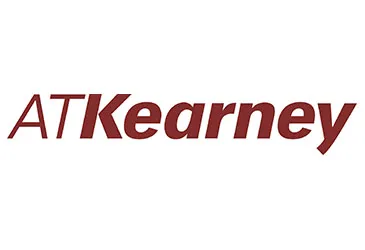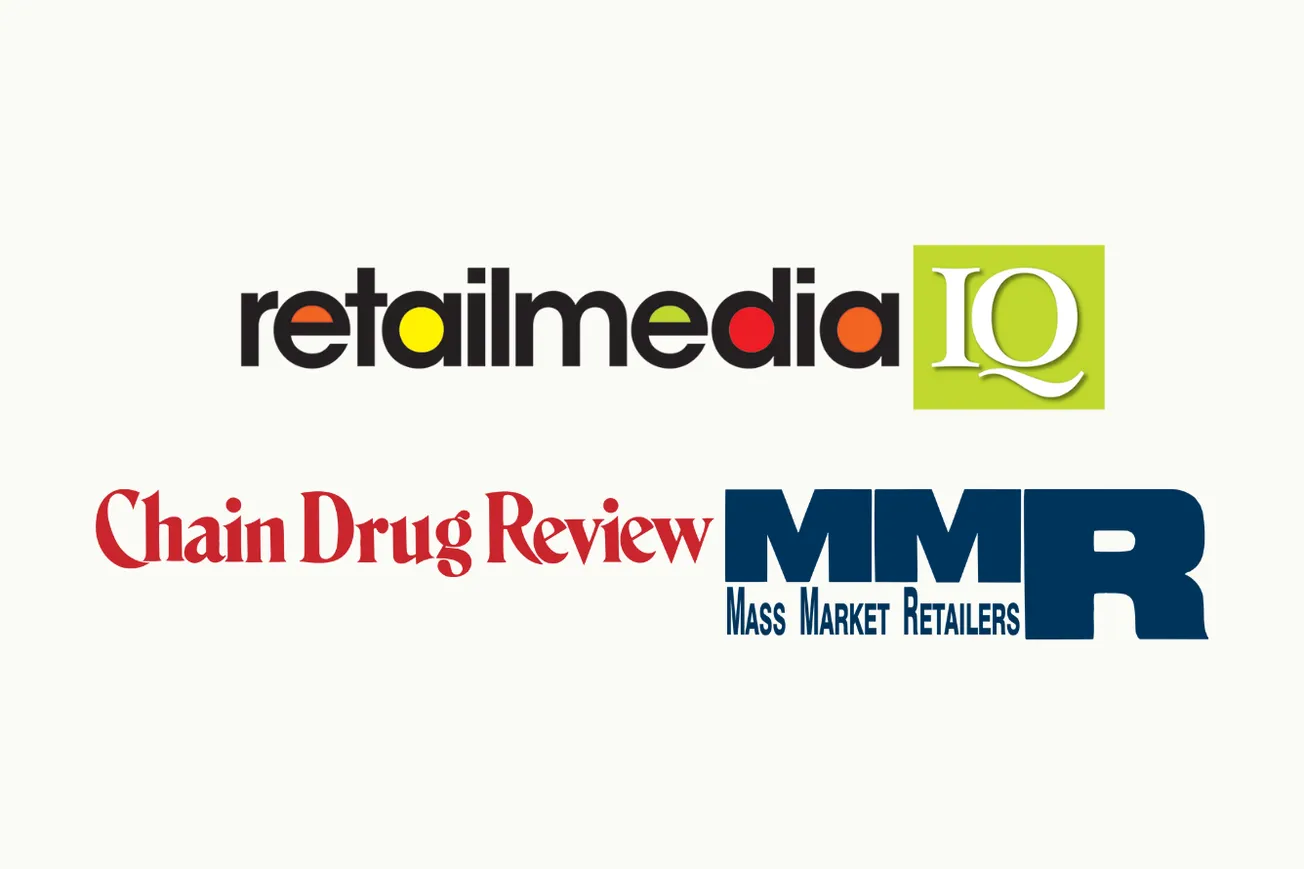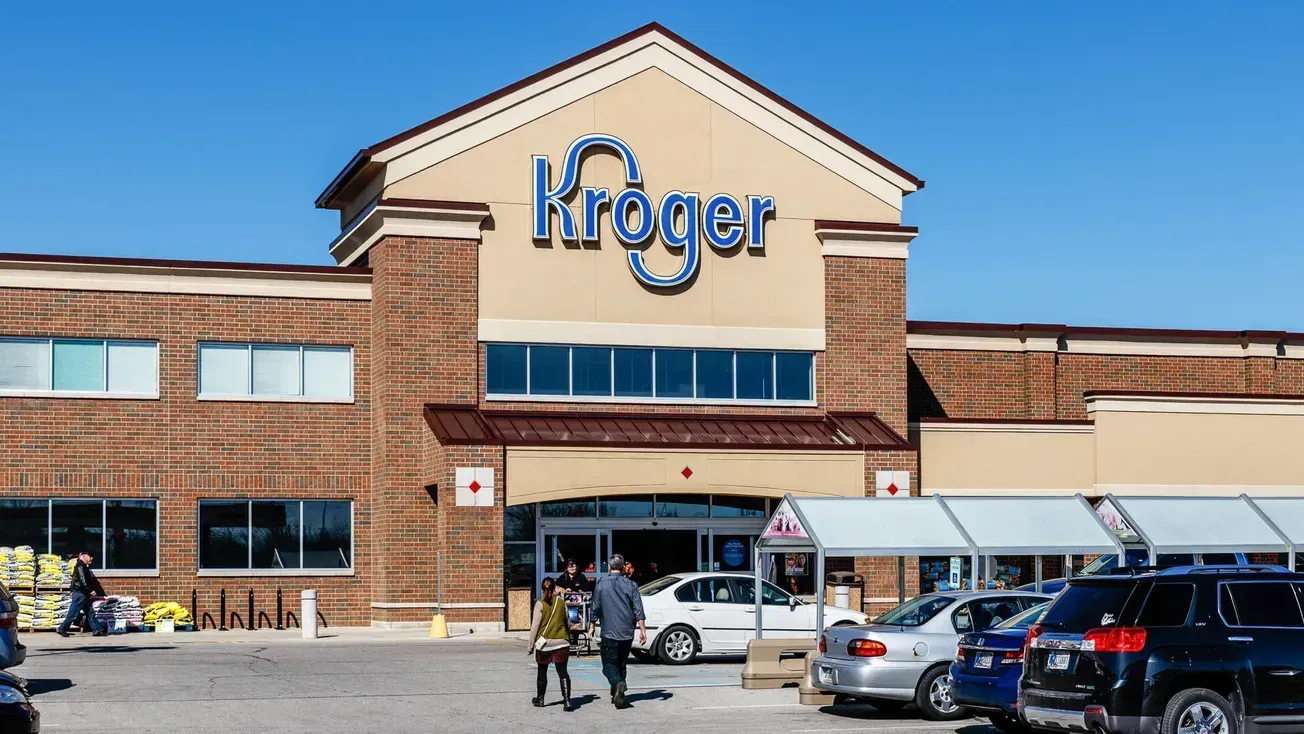CHICAGO — When faced with the existing show-and-tell of emerging retail technologies, U.S. consumers report that they’ve heard the “tell” but have yet to see the “show.” Global management consulting firm, A.T. Kearney has released a study which looks into consumer knowledge and experience of various emerging in-store technologies. Notes Suketu Gandhi,

partner in the Digital Transformation practice of A.T. Kearney, “Of necessity, brick and mortar retailers have had to maintain a relentless focus on keeping up with their pure play counterparts in ecommerce, and so in-store technology has been the casualty of that single-mindedness. But now is the time for physical stores to step back, gain an understanding of their in-store technology options and develop pilots that support their specific business model.”
The 2019 Consumer Retail Technology Survey, found that while 75% of consumers are aware of at least one retail technology, only 33% have experienced any. When it comes to in-store technologies, most retailers are lagging behind consumer awareness of them in terms of providing an experience involving one or more. The survey focused on five critical technologies emerging in physical stores: augmented reality, mobile point of sale, cashierless checkout, interactive screens, and 3D printing.
The research also identified a divide in terms of store type. 45% of respondents reported visiting a big box store because of a technological aspect of the shopping experience, contrasted with 24% who said that their visit to a specialty store was motivated by technology. The findings also indicate that shoppers headed to big box stores and availing themselves of specialty shopping are interested in different types of technology: When asked about which specific types of in-store technology would be most likely to influence their shopping choices, respondents indicated that limited interaction and time-saving technologies were more important in a big box store, while customization and experience were more important in a specialty store. Consumers are selective and knowledgeable about which technologies resonate with their specific needs in different retail contexts and retailers must therefore make the right choices in order to provide the in-store technology best suited to their particular offering.
Ultimately, however, retailers should see in-store technology as a means to generate incremental growth. Survey respondents clearly agreed: nearly 50 percent of consumers surveyed expect their shopping choices to be more influenced by technology in the future. Notes Greg Portell, global consumer and retail practice lead, “This finding suggests that retailers still have the opportunity to address and meet consumer expectations by bridging the awareness/experience gap.” The only question now is not if or when, but how — which technologies should retailers deploy, and how much should they invest in them. The findings of A.T. Kearney’s 2019 Consumer Retail Technology Survey are said to help frame solutions to these questions, moving toward an actionable game-plan for retailers.









